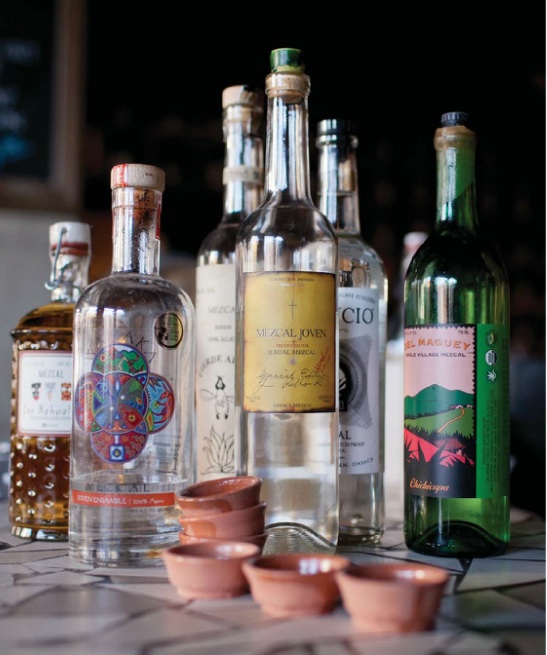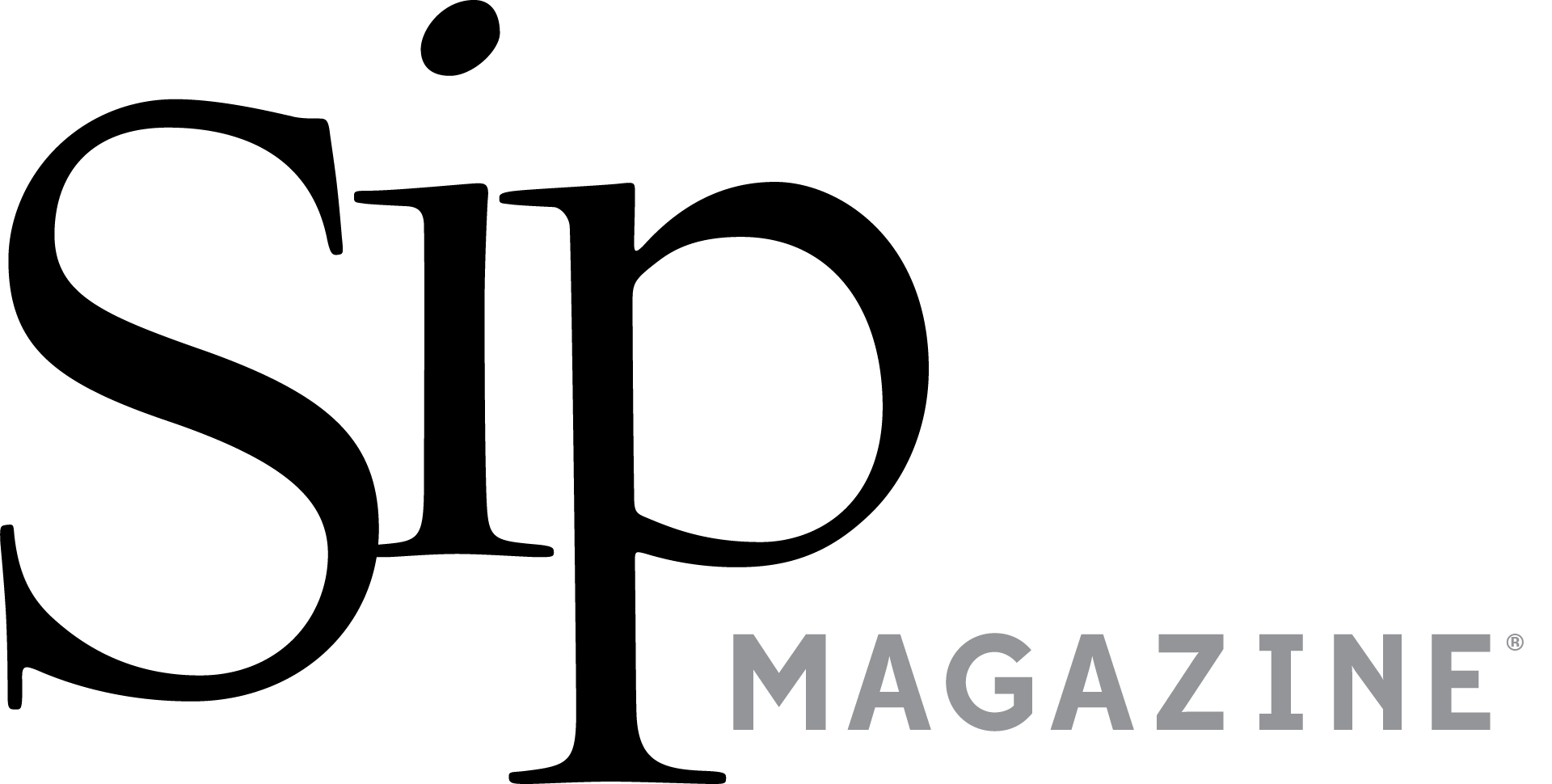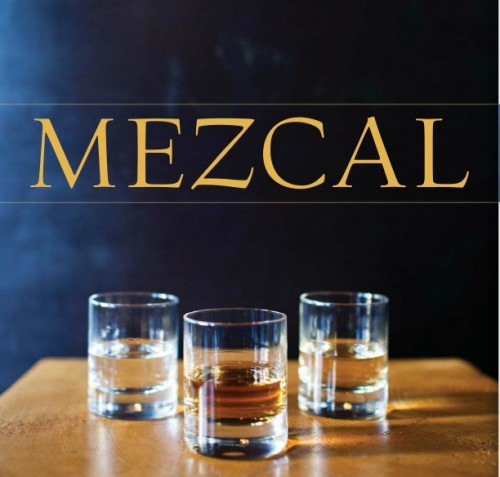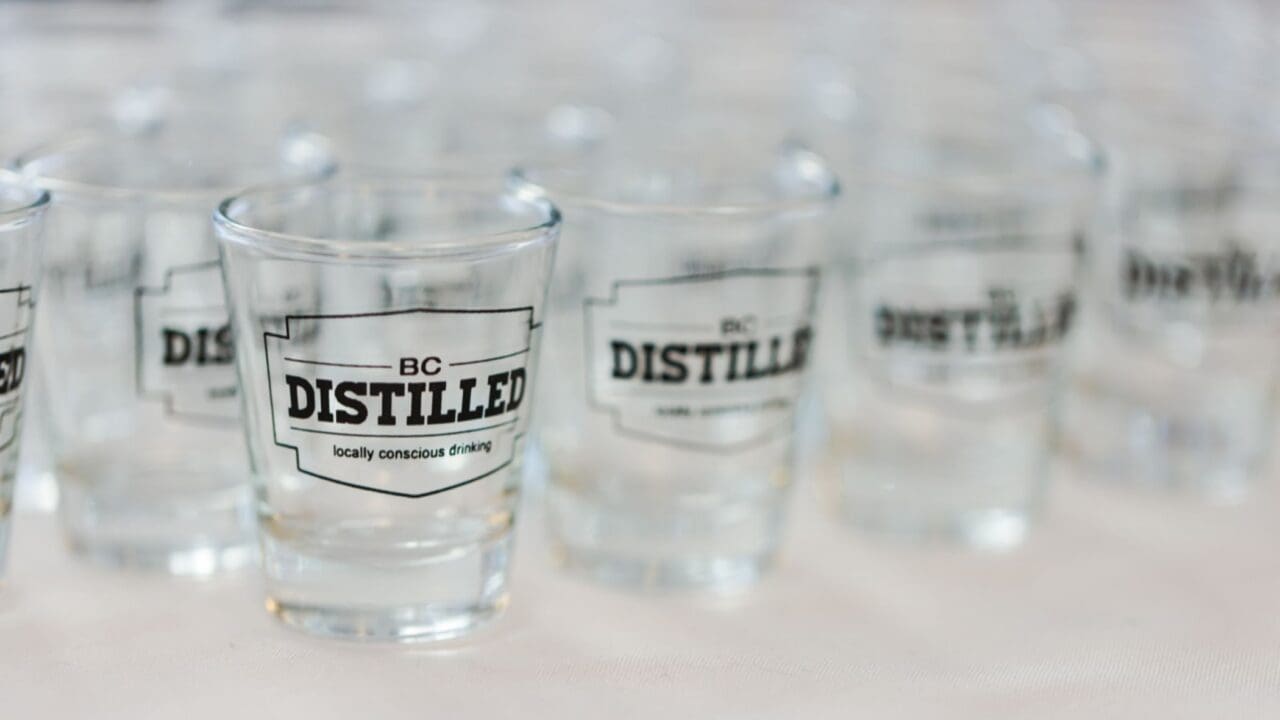The regional spirit makes a splash in the Northwest bar scene and proves there’s more than tequila to Mexican distillates.
Mezcal is getting a makeover. It’s a long overdue change of fortune for the venerable Mexican spirit, an ancestor of — and close relative to — the more familiar tequila. For decades, mezcal has occupied the dismal-dregs region of American liquor stores, the category long dominated by subpar brands more notable for their paint-stripper quality and the pallid worm inside the bottle than for any virtues in taste or character. Today, however, bartenders across the country are discovering the primal beauty of well-made mezcal, and this earthy Mexican spirit is picking up devoted adherents throughout the Northwest, as well.
“When I was in Oaxaca, I heard an adage that goes around the Zapotec people and the mezcaleros: You don’t choose mezcal, mezcal chooses you,” says Casey Robison, bar manager at Barrio, a Seattle restaurant that carries more than 50 styles and brands of mezcal, a selection that’s becoming one of the most extensive in the states. “I find that to be a weirdly remarkable truth. This sounds a little ethereal, but it’s like there’s something magical about mezcal; there’s a sensation that you’re more connected to the earth.”
Centuries before Spanish explorers brought the technology of distillation to the New World, the indigenous peoples of Oaxaca, Mexico, were using clay pots styled much like alembics to craft a primordial form of mezcal. Distilled from agave, mezcal is emerging from the shadow of its younger relative, tequila. The agave — a variety of the yucca plant that resembles an oversized pineapple — is often roasted in pits fired by oak and eucalyptus, giving the spirit an earthy smokiness.
The initial differences between the two spirits may seem slight. Both mezcal and tequila are made from agave, a plant genus that includes more than 100 species. In the case of tequila, solely the Weber’s Blue agave is used (for cheaper mixto tequilas, the agave distillate is mixed with alcohol made from other materials). But mezcal may be made from more than two dozen agave species such as tobala or espadin, including wild or regionally specific varieties that have their own nuances in flavor and character. Tequila also mostly hails from Jalisco, while mezcal’s historic homeland is Oaxaca (though it’s also made in parts of seven other Mexican states). And while tequila production has been largely industrialized, most mezcal is made on a much smaller scale. In some cases, it’s made in remote villages where distillers have passed down the craft for centuries; making distinctive, rustic styles and forming the economic backbone of the small community.
 During a recent trip to Mexico, Robison visited the village of Chichicapa, where the eponymous Del Maguey Chichicapa mezcal is made. “The same families have been making mezcal for generations, and one guy I met had been growing agave since he was six — and he’s 86 now,” Robison says. “There’s a generational thing to mezcal — it feels like an honest tradition.”
During a recent trip to Mexico, Robison visited the village of Chichicapa, where the eponymous Del Maguey Chichicapa mezcal is made. “The same families have been making mezcal for generations, and one guy I met had been growing agave since he was six — and he’s 86 now,” Robison says. “There’s a generational thing to mezcal — it feels like an honest tradition.”
Detecting the differences between tequilas is often an exercise in noticing nuances; with mezcal, the differences are more dramatic, given the wider variety in agave species, production methods and geographic range with the spirit. Some of the more rustic artisanal mezcals from Oaxaca have a deep, earthy smokiness and an assertive minerality; others have a lush fruitiness and a touch of tropical spice, while others are clean and bright, with lingering touches of an untamed ranginess that’s as expressive as it is alluring.
Much of mezcal’s modern revival can be credited to the work of Ron Cooper, a New Mexico-based artist who began purchasing mezcal from small villages and importing it under his Del Maguey label starting in the 1990s. Del Maguey is still synonymous with excellent mezcal, but more importers are introducing a steadily expanding variety of brands, and showing drinkers the breadth of mezcal’s range. Robison says some of the noteworthy mezcals in Barrio’s selection include the rich, ethereal spirits from Ilegal; the smoky mezcals from Los Danzantes; the delicate small-batch mezcals from Fidencio; the extensive selection of mezcal varieties from Wahaka; and two especially prized brands, El Jolgorio and Pierde Almas.
Recognizing mezcal’s growing appeal, Northwest importers are also starting to play a role. In 2011, former Seattle Mariner Edgar Martinez and his business partner, salon magnate Gene Juarez, began importing El Zacatecano; a light, gentle mezcal made from Weber’s Blue agave in the central Mexican state of Zacatecas. The town and facility where the mezcal is made are humble, but since Zacatecano’s founding in 1910, it’s grown to become the largest-selling mezcal in Mexico.
Martinez and Juarez hope the spirit finds similar good fortune in the United States. “We really liked the history behind the mezcal, and it’s an opportunity that’s been hiding in plain sight,” Martinez says, noting that the benefits of importing the mezcal to the United States extend beyond simple business. “It’s a really small town where the mezcal is made, and the distillery is the biggest source of jobs,” he says. “It’ll be great to expand that, and help the community.”
Considering the déclassé image mezcal has long had in the United States, it’s surprising how fast the spirit is catching on. Imports of mezcal are still dwarfed by those of tequila — roughly 200 bottles of tequila are imported for every one of mescal — but between 2007 and 2011, mezcal imports boomed by nearly 50 percent, and prized bottles now fetch triple-digit prices that rival those of fine cognacs and single malts.
Even with its growth, mezcal remains a mystery to many, and importers recognize they need to explain the spirit to each new consumer. “We’ve gotta do our job on the education side,” says Juarez. “Once mezcal is explained, you can taste and understand all the delightful flavors in it.”
Bartenders such as Robison see a lot of opportunity with mescal — its novelty to most guests means he can start from square one, walking them through the paces of how to understand this expressive spirit. “One of the amazing things about mezcal is that nobody knows about it, so I can introduce them to something new,” he says. “It cuts through all the fluff and BS you get with some other kinds of liquor — the proof is in the pudding. It’s an honest liquor — that’s what it comes down to.”






